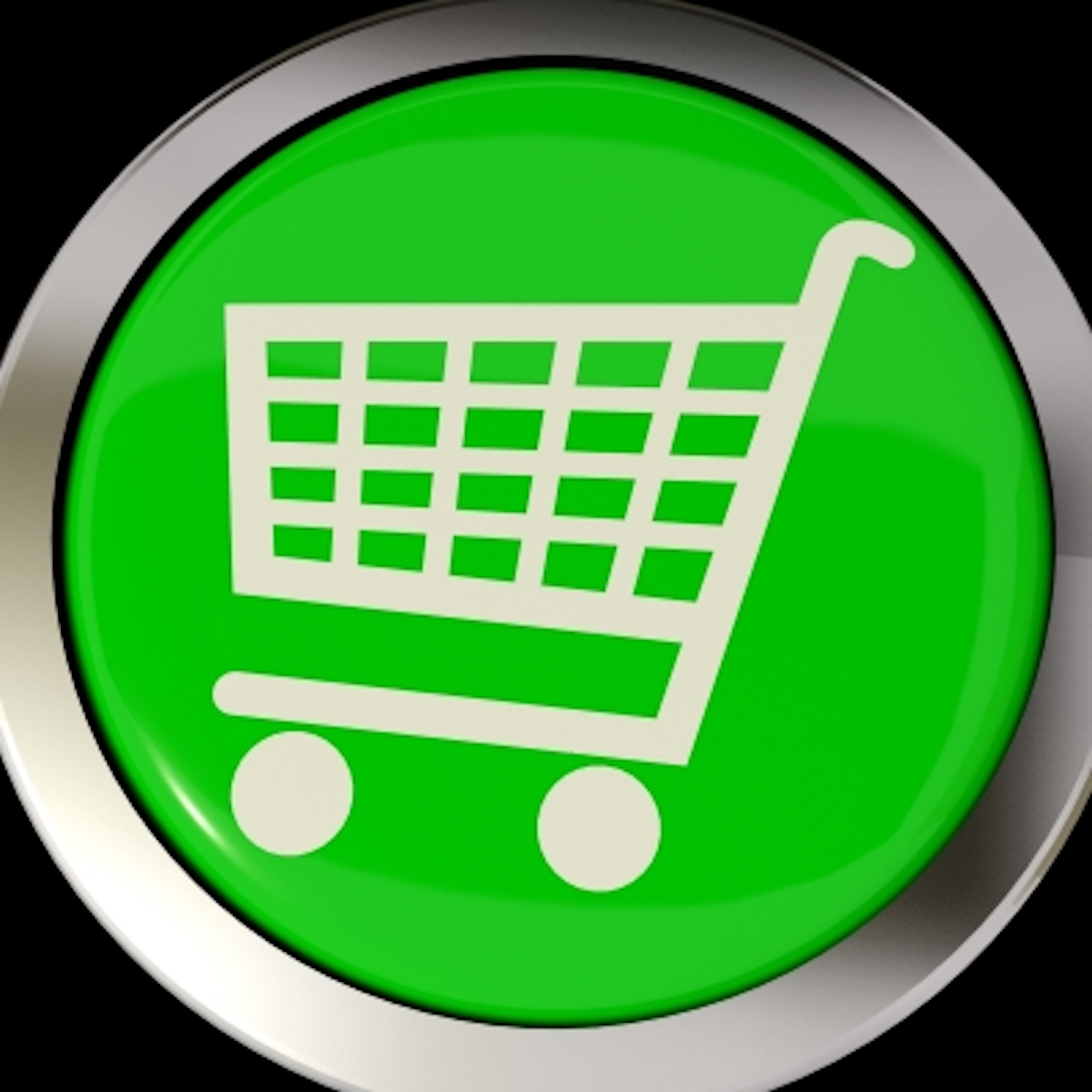In today’s globalized economy, international shipping plays a crucial role in keeping supply chains running smoothly. Businesses, whether small or large, rely heavily on maritime transport for the movement of goods across borders. Given the significance of shipping, it is vital for business owners, logistics managers, and freight forwarders to know the status of their shipments at any given time. Vessel cargo tracking helps businesses stay informed about the location of their goods, facilitating better decision-making and enhanced efficiency.
This article will guide you step by step on how to track your vessel cargo, using an example of the vessel CMA CGM Arkansas, which departed from Bayport, United States, on August 28, 2024, and is estimated to arrive on September 30, 2024.
Step 1: Find the Vessel Name or Identification Code

The first and most essential step in tracking your vessel cargo is to obtain the vessel’s name or identification code. This information is typically provided by the shipping company, freight forwarder, or logistics service provider when you book your shipment. If you don’t have this information, it can often be found on the Bill of Lading (BOL) or shipping invoice.
In our example, the vessel’s name is CMA CGM Arkansas. Alternatively, ships are usually assigned an International Maritime Organization (IMO) number, which is a unique seven-digit identifier that does not change throughout the ship’s lifetime. Using either the vessel’s name or IMO number, you can easily initiate your search.
Step 2: Access an Online Vessel Tracking Platform

Once you have the vessel’s name or code, the next step is to use a vessel tracking platform. Several online tools and websites allow users to track ships in real-time or near real-time. Some of the most popular platforms include:
- VesselFinder: Another reliable tool for tracking vessels using AIS data, providing information about ship movements, arrivals, and departures. Visit vesselfinder HERE.
Simply input the vessel name or code into the search bar to start tracking.
Step 3: Input Vessel Details into the Tracking Tool
After accessing your preferred tracking platform, enter the vessel’s name (e.g., CMA CGM Arkansas) or the IMO number into the search bar. The system will pull up real-time information about the vessel, including its current position, route, speed, and estimated time of arrival (ETA) at its next port. For example, you might see that CMA CGM Arkansas departed Bayport, United States, on August 28, 2024, and is en route to its destination, expected to arrive by September 30, 2024.
Step 4: Analyze the Data

Once the vessel data is displayed, you will be able to analyze a range of details, including:
- Current Location: View the exact location of the vessel on a world map. Most tracking platforms display the ship’s position using coordinates or a map overlay.
- Route Information: See the entire route the vessel will take, from its point of departure to its destination. This includes any stops at intermediate ports.
- Speed and Course: You can monitor the vessel’s speed and course, giving you an indication of its progress. If there are any deviations or delays, these may become apparent.
- Estimated Time of Arrival (ETA): Platforms calculate the ETA based on the vessel’s speed and the distance to its destination. For example, the CMA CGM Arkansas has an estimated arrival date of September 30, 2024, after departing Bayport on August 28, 2024.
- Weather Conditions: Some platforms provide weather overlays, which allow you to see if adverse weather conditions could affect the vessel’s journey.
Step 5: Set Up Notifications and Alerts
Most vessel tracking platforms offer options to set up notifications or alerts. You can configure these alerts to receive updates when the vessel reaches certain points on its journey, such as entering or exiting a port or encountering delays.
These notifications are helpful because they allow you to monitor the vessel’s progress without having to check manually. Alerts can be sent to your email or smartphone, ensuring that you’re always informed about the status of your shipment.
Step 6: Monitor the Vessel’s Progress
As the vessel continues its journey, periodically check the tracking platform for updates. For example, you might notice that the CMA CGM Arkansas has arrived at an intermediate port or experienced a delay due to weather conditions. By tracking the vessel’s progress in real-time, you can adjust your logistics planning accordingly.
If the ship encounters any issues—such as being delayed due to customs or weather—you’ll be able to relay that information to your customers or stakeholders. Continuous tracking helps you stay on top of any potential disruptions, minimizing their impact on your business.
Step 7: Confirm Arrival and Delivery
When the vessel arrives at its destination port, you will receive an update from the tracking platform. For our example, you would expect the CMA CGM Arkansas to arrive around September 30, 2024. Once the ship docks, you can begin the process of customs clearance and arrange for inland transportation if needed.
Tracking platforms will also provide information on how long the vessel remains in port and when it departs, which can be helpful if your cargo is part of a larger shipment.
Benefits of Knowing Your Vessel Cargo Position
Tracking your vessel cargo offers a range of benefits that can improve the efficiency and reliability of your business. Here are some key advantages:
- Increased Visibility: Real-time tracking provides complete visibility of the supply chain, allowing businesses to know the exact location of their goods at all times. This visibility reduces uncertainty and improves planning accuracy.
- Improved Customer Service: By knowing the exact location and ETA of your cargo, you can provide accurate information to customers about delivery schedules. This transparency builds trust and enhances customer satisfaction.
- Minimized Delays: By tracking the vessel’s progress, you can spot potential delays early and take corrective action. For example, if a vessel is delayed due to weather or port congestion, you can make contingency plans to avoid further disruptions.
- Better Inventory Management: Knowing when your cargo will arrive allows you to plan inventory more effectively. This can prevent overstocking or stockouts, both of which can negatively affect cash flow and sales.
- Cost Efficiency: Real-time tracking helps reduce costs associated with delays, lost shipments, and unexpected issues. When you know where your cargo is at all times, you can avoid expensive last-minute changes or expedited shipping options.
- Enhanced Security: Vessel tracking can also improve the security of your cargo. If a vessel goes off course or experiences a deviation from its planned route, you can be alerted immediately and take steps to investigate.
Track Your Vessel Cargo

Tracking your vessel cargo is an essential part of modern supply chain management. Whether you’re a small business owner or a large enterprise, having the ability to monitor your shipments in real-time provides numerous benefits. From improved visibility and customer service to better inventory management and cost efficiency, tracking technology offers a powerful tool to ensure your shipments arrive on time and in good condition.
Using the vessel CMA CGM Arkansas as an example, this step-by-step guide has shown how easy it is to track a vessel from departure to arrival. By leveraging online tracking platforms and setting up alerts, you can stay informed about your cargo’s journey and take swift action if any issues arise.




